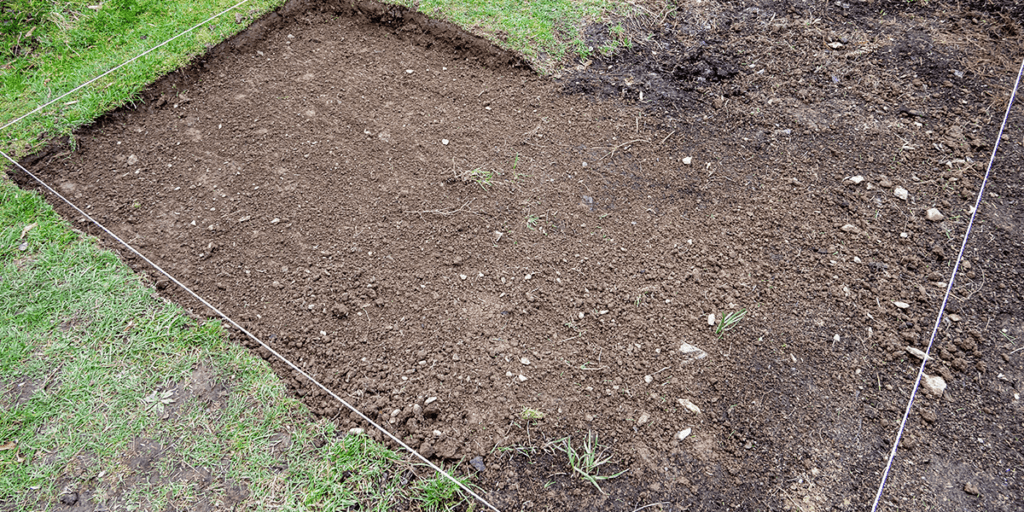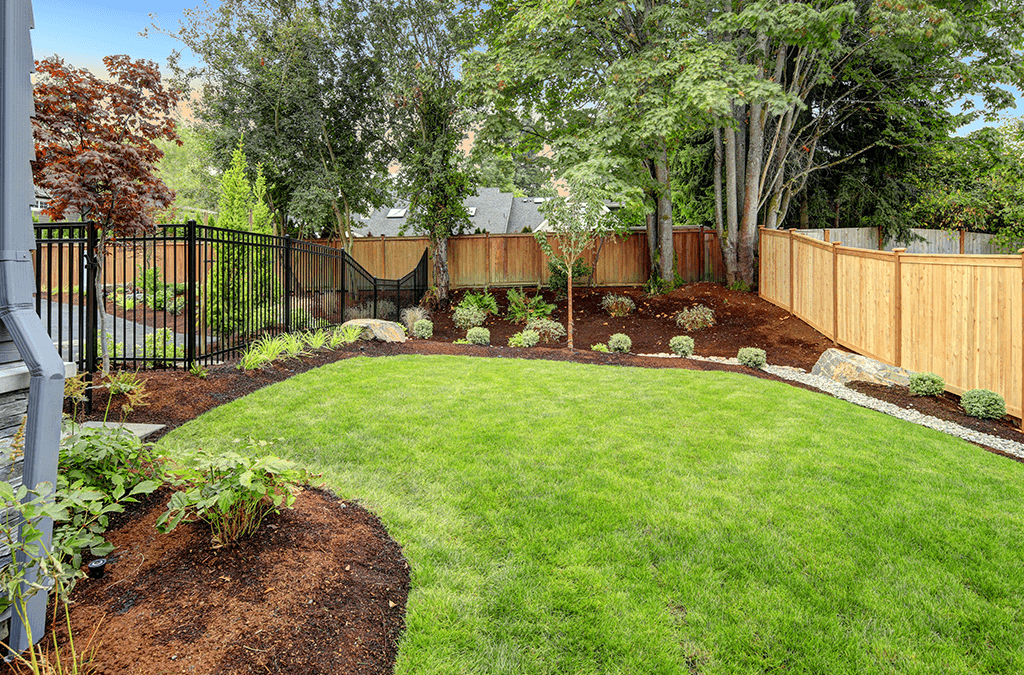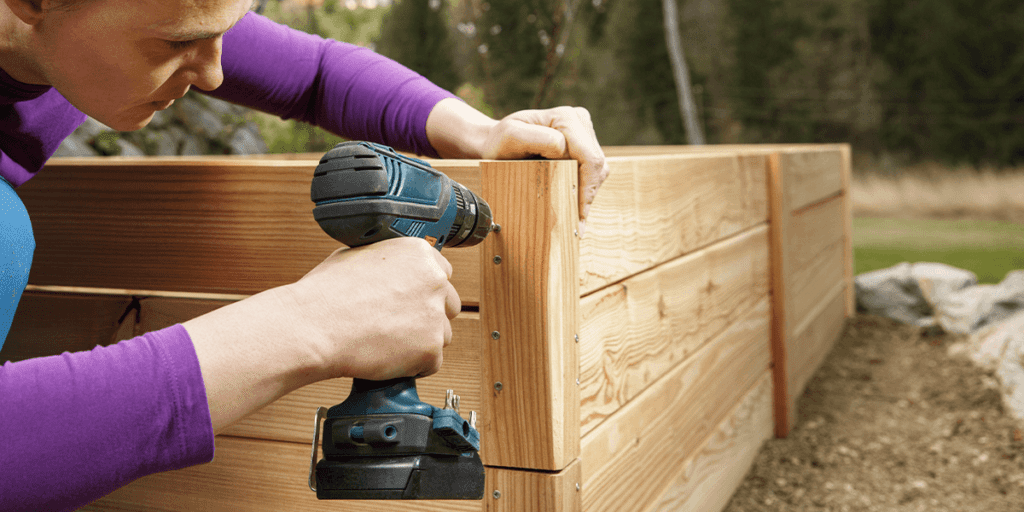Few things are as satisfying as starting a new garden bed, but how do you do it? Whether you want to grow flowers or vegetables, the steps are similar. Here are the essentials to starting a bed from the ground up!
Pick a Location
Before you rush ahead with the spade and wheelbarrow, take time to choose a location for your new bed. Consider sunlight, access to irrigation, and the plants you want to grow. Usually, you can’t go wrong with a sunny spot, especially if you plan to grow vegetables, but don’t let shade deter you, as you can find shade-loving perennials and crops to grow there too.

Define the Boundaries
Stake out the shape of the new garden bed you desire. If you’re going for a straight edge, set up two stakes with a tight string between them. Follow that string as you start to edge out the new boundary.
How to Remove Grass
How do you start a garden bed when you have grass in the way? If you need to remove a section of the lawn first, don’t feel daunted. It can be hard work, but fortunately, there are ways to make the process easier:
- Sheet Mulch Technique: the first method is not to remove the grass at all. Instead, cover the area with unwaxed cardboard or several layers of newspaper. Soak it with a hose. Then layer on 2-3 inches of topsoil or compost, followed by a layer of mulch. The new garden bed will be ready to plant in as early as three weeks.
- Smother and Rake: in this method, the goal is to kill or weaken the grass, then take away the root mass. How to start? First, weaken the grass by covering it for two weeks with a tarp, old carpet or cardboard. Then rototill the area and rake away as much grassroots as you can. You won’t get every fiber, but the bed will be clear enough to get a good garden started.
- Dig It Up: an effective way to remove all of the turf is to cut it into pieces with a spade and dig it up piece-by-piece. To make your life easier, mow the lawn as short as you can, smother it ahead of time with a tarp, and soak it the night before with water. Try to leave as much topsoil as possible. This method requires the most work, but the result is a grass-free garden bed ready to plant.
Building a Raised Garden Bed
Instead of building a garden in the ground, many people build a raised bed. They’re a popular choice for vegetables because they’re resistant to weeds, harder for rodents to access, and more ergonomic. Plus, you can fill it with the best soil right from the start. You can build a raised bed right on top of a lawn and even on top of loose rocks.
How to Get the Soil Started
Soil is the most essential part of the garden and gives you the biggest reward for your investment. Building good soil from the beginning will ensure your plant’s success this season and set your garden bed off to a healthy start.
- Add Compost: no matter what your soil looks like, adding 2-3 inches of compost will bring nutrients and healthy soil microbes into the garden bed.
- Till the Soil: mix in the compost with a rototiller or pitchfork. This will loosen the soil as well as spread the nutrients.
- Rake the Soil: once you’ve tilled the soil, smooth out the surface with a steel rake.
How to Create Pathways
By now, your freshly tilled soil should start to look like a garden. Once you’ve raked it, avoid stepping on it. Compaction squashes the soil structure that you’ve just created by tilling. Instead, set out the footpaths through your garden, where you plan to walk.
Key Tip: Separate paths in a vegetable plot by two arms lengths of the smallest person in your family. That way, each person can reach the beds for easy planting, weeding, and watering!
The final step is to begin planting! If you need more advice on how to start a bed or on what to plant, you know where to find us.
Platt Hill Nursery is Chicago’s premier garden center and nursery.



